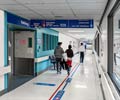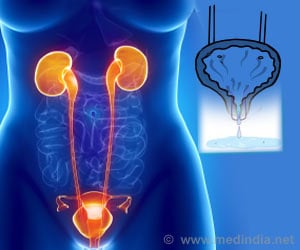Increased communication between hospitals can impact patient care and survival rates, study says.

‘Increased communication between hospitals improves patient safety and care more effective and reduce the mortality rate.’





"Diagnostic Discordance, Health Information Exchange, and Inter-Hospital Transfer Outcomes: a Population Study" focuses on the patients transferring from one hospital to another and to highlight the importance of efficient communication between hospitals. Data from more than 180,000 patients, 18 years or older, in five states over a three year period, was studied. Researchers compared the chronic diagnosis before and after transfer, and the impact that data sharing had on information transfer and patient outcomes."In this population which is a very high risk the ability of two hospitals to talk to each other has the potential to improve patient safety, make care much more cost-effective, and reduce mortality," said author Michael Usher, MD, Ph.D., Assistant Professor of Medicine, Division of General Internal Medicine.
Source-Eurekalert









